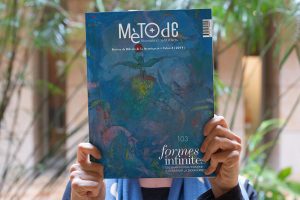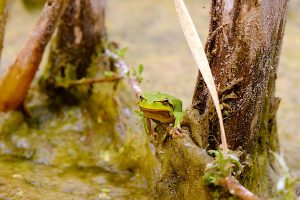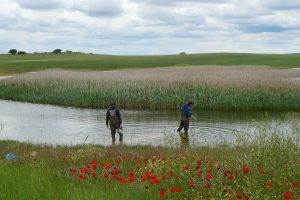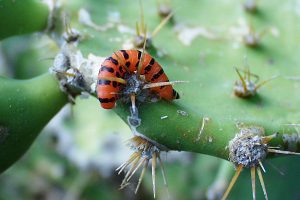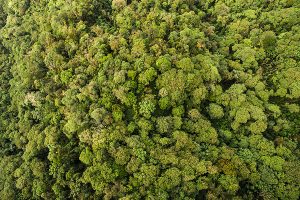Search
The fourth volume of 2019 explores the crossroads between current biodiversity and evolution on Earth.
Three decades after the Chernobyl accident, the biodiversity of the area has completely recovered. The mechanisms that allow organisms to live in this area are still the subject of study and controversy.
Studying evolution in the face of environmental uncertainty is crucial to understand biological diversity, because diversifying life strategies is key to survival and reproduction in uncertain environments.
More and more, ecologists are starting to recognise that preserving the maximum number of species is insufficient.
The monograph Endless forms explores some of the most pressing challenges we face as a species.
Natural enemies are a fundamental piece of food webs and can contribute to biodiversity preservation. However, they can often produce dramatic losses, especially when humans are involved.
Species richness is not homogeneous in space and it normally presents differences when comparing among different sites. These differences often respond to gradients in one or several factors which create biodiversity patterns in space and are scale-dependent.
Biodiversity has been changing both in space and time. But, luckily, we have remains of ancient organisms, called fossils. These are basically the only direct records of past biodiversity.
Due to the extreme environmental conditions of the Antarctic continental shelf – its distance from other continents, depth, and the weight of the continental ice – it offers us a great opportunity to better understand how a pristine ecosystem would normally be.
The concept of biological diversity has evolved from a simple count of species to more sophisticated measures that are sensitive to relative abundances and even to evolutionary divergence times between species. In the course of this evolution, diversity measures have often been borrowed from other disciplines.

